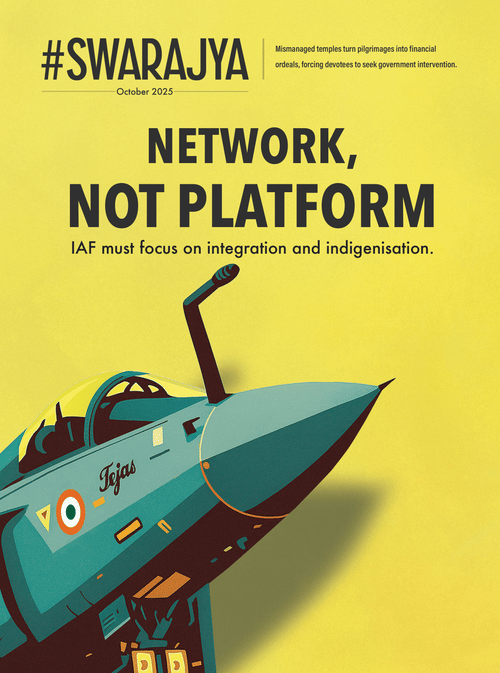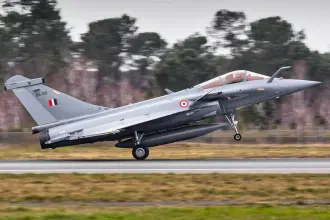News Brief
ISRO To Launch Heavy-Lift LVM-3 Rocket With GSAT-7R Satellite Early Next Month: Report
Swarajya Staff
Oct 23, 2025, 03:37 PM | Updated 03:37 PM IST
Save & read from anywhere!
Bookmark stories for easy access on any device or the Swarajya app.


ISRO chairman V Narayanan has said that the agency’s next heavy-lift mission, LVM-3, will launch in early November, carrying the CMS-03 (GSAT-7R) communication satellite, Times of India reported.
The launch will take place on 2 November, according to Vikram Sarabhai Space Centre (VSSC) director A Rajarajan.
At the ESTIC 2025 curtain raiser, Narayanan said the coming months will witness “many exciting missions”, and the Nasa-Isro NISAR Earth observation satellite is set to become operational within the next two to three weeks.
Calling NISAR a major milestone in Indo-US space cooperation, Narayanan confirmed that the satellite remains in good health and both payloads are functioning optimally.
After CMS-03, ISRO plans another LVM-3 launch in early December, carrying the US private communication satellite Bluebird, Narayanan revealed in a separate interview.
Narayanan confirmed steady progress on Chandrayaan-4, Chandrayaan-5, and the Indo-Japanese LUPEX lunar mission.
He said ISRO is working towards landing Indians on the Moon and bringing them back safely, for which a next-generation heavy-lift launcher capable of carrying 70–80 tonnes to low-Earth orbit is under design.
Updating on Gaganyaan, Narayanan stated that 90 per cent of key technologies are already developed.
ISRO will conduct three uncrewed test flights before the first crewed mission.
"Before the crewed mission, we will carry out three uncrewed missions beginning this year. The crewed mission may happen by 2027,” he said.
Narayanan also highlighted new infrastructure and industrial partnerships.
The government, he said, had approved a third launch pad at Sriharikota, budgeted at “a little more than Rs 4,000 crore”.
ISRO has also commenced work on its semi-cryogenic engine and the ambitious Bharat Space Station, planned for initial orbital deployment by 2028.
India currently operates 56 satellites for civilian and strategic use, a number expected to triple within four years, according to Narayanan.
The NavIC navigation network will also be completed in the next 18 months with three additional satellites, he added.
Narayanan credited the 2020 space sector reforms for catalysing growth, noting that the number of space startups has risen from a few to over 300.
“We are hand-holding them — we grow together as a country,” he remarked.
Please click here to add Swarajya as your preferred and trusted news source on Google





